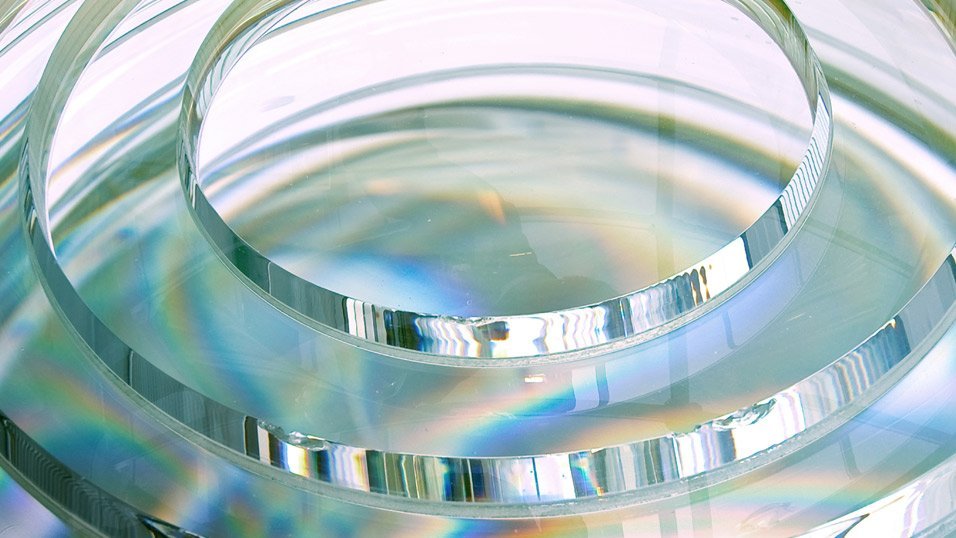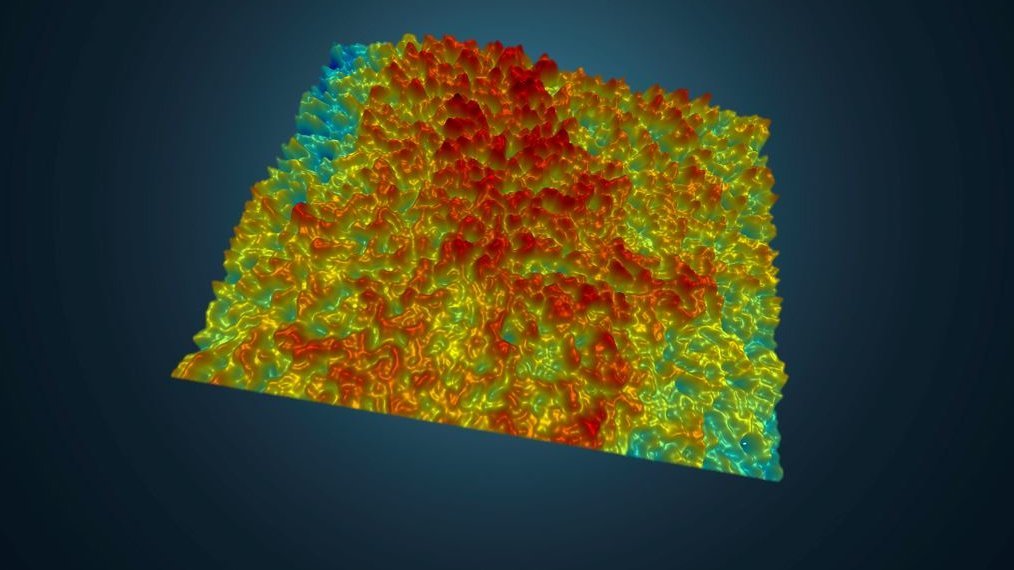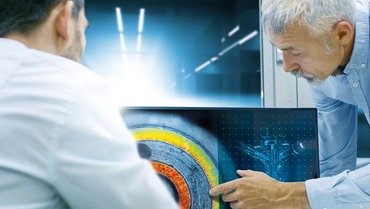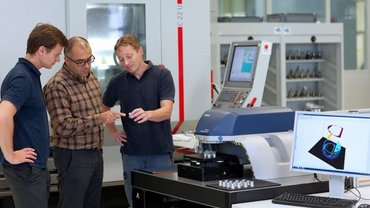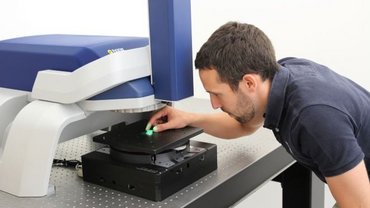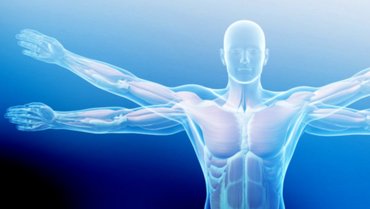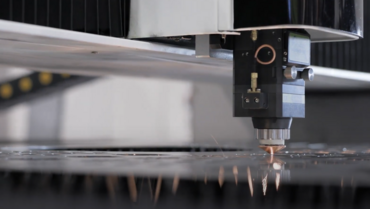Measure 3D form, flatness or roughness? On glass, metal or dull ceramics?
Faster surface characterization - more reliable and efficient in 3D
For characterizing precision-manufactured and functional or sophisticated surfaces in detail and 3D, it requires measurement technology that is reliable, fast and precise. Guaranteeing functionality and detecting defects at an early stage avoids unnecessary cost and increases the overall product quality and lifetime. TopMap from Polytec addresses surface metrology applications with innovative, high-precision, non-contact optical technology that works on rough, smooth and stepped surfaces. White-light interferometers of the TopMap sensor family are established optical quality inspection tools for the controls laboratory, in production environments or in-line.
Whether form parameters and step-height with large FOV, roughness and texture with sub-nm resolution - on precision mechanics, optics or microstructures - measure it with TopMap optical surface metrology!
Profilers with large FOV (44x33…230x220 mm) or sub-nm Z resolution
Characterize entire workpiece topographies in 3D
Benefit from innovative, high-precision and non-contact measurement
Use large vertical range, sub-nm resolution for clearest view
Areal measurement with large field of view
Reproducible measurement of surface flatness, step height, parallelism, roughness etc.
From micro to macro size samples
For labs, production level and in-line testing
4 year warranty and lifetime software updates
No budget? Just measure.
Whether you need contract measurements, equipment rental, or leasing, our scalable services deliver precise data—without the overhead of major investments. Ideal for short-term projects, occasional use, or limited budgets. Get in touch with us—together we will find the right solution for your specific needs!

"Polytec provides excellent support in the development of stable measurement systems and standardized measurement processes."

"With its high resolution, telecentric optics and high measurement speed, the white-light interferometer captures all details. Within a few seconds, it collects two million measurement points on an area 44 x 33 mm² without the need for stitching. The large field of view allows for measuring the entire chip at once. With the cartridge being transparent, we also obtain measurements from top and bottom simultaneously, indicating the exact thickness of the cartridge."
Performance beyond metrology - our PolyXpert services
Get a free sample report
Step 1:
Contact us to discuss your testing needs.
Step 2:
Ship your parts or visit us at one of our testing sites. Our application Xperts perform the measurement while you can join in person or online.
Step 3:
Get a detailed report and discuss your measurement data.

Performance beyond metrology
Powerful surface metrology and reliable quality inspections depend on know-how, on insights and on experts. Experience the new Micro.View® and Micro.View®+, the next generation of TopMap optical surface profilers.
Benefit from automated Focus Finder and Focus Tracker, Continuous Scanning Technology, 100 mm large vertical travel range and color information for enhanced surface analysis.
Industrial production benefits from tightly integrating surface metrology into the manufacturing process. Then, the inspection feedback allows immediate and cost-efficient reactions. TopMap surface metrology solutions from Polytec help adjusting manufacturing parameters, assure to stay within production tolerances and improve your process capability.
See more details on rough, smooth and stepped surfaces. The TopMap Family of white-light interferometers are established inspection tools for the quality control laboratory, in manufacturing environments or in-line production setting.
Powerful surface metrology and reliable quality inspections depend on know-how, insights and expertise. Quantify surface topography with sub-nanometer resolution and capture the finest details. Join us while we are implementing a soul into our TopMap profiler during development.
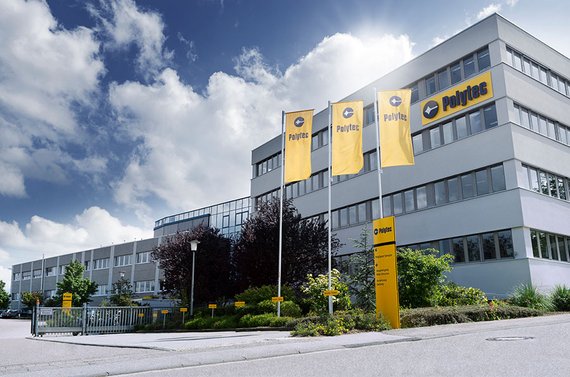
About Polytec
For more than 50 years Polytec has been bringing light into the darkness. With nearly 500 employees worldwide we develop, produce and distribute optical measurement technology solutions for research and industry. Our quality innovative products have an excellent reputation internationally among the expert community. We find solutions tailored to our customers’ requirements.
Environmental commitment according to ISO 14001
We at Polytec proudly announce our certification according to both ISO 14001 and ISO 9001. These certifications reflect our strong commitment to quality and to our environmental responsibility – cornerstone of our continuous improvement process. Thanks to our team and external partners for their dedicated support!



